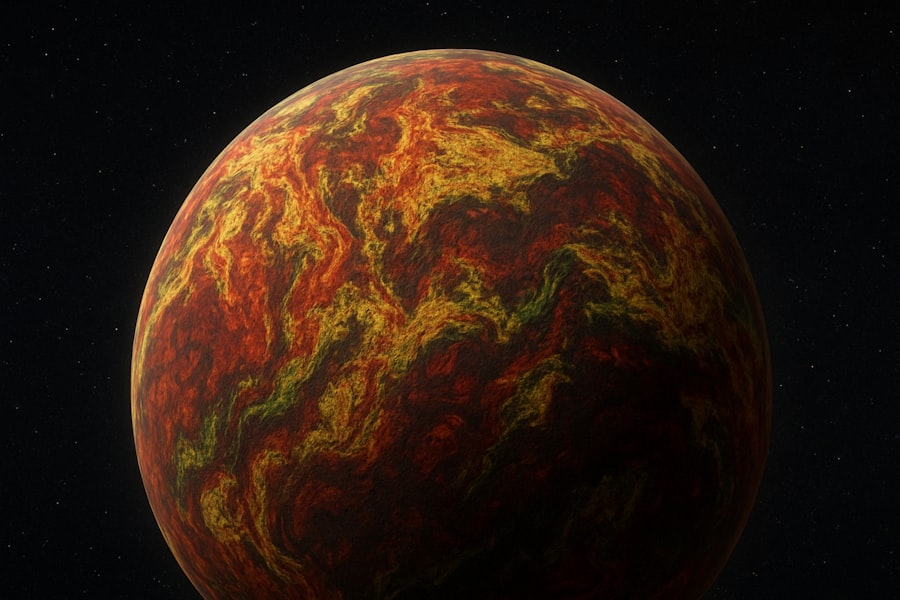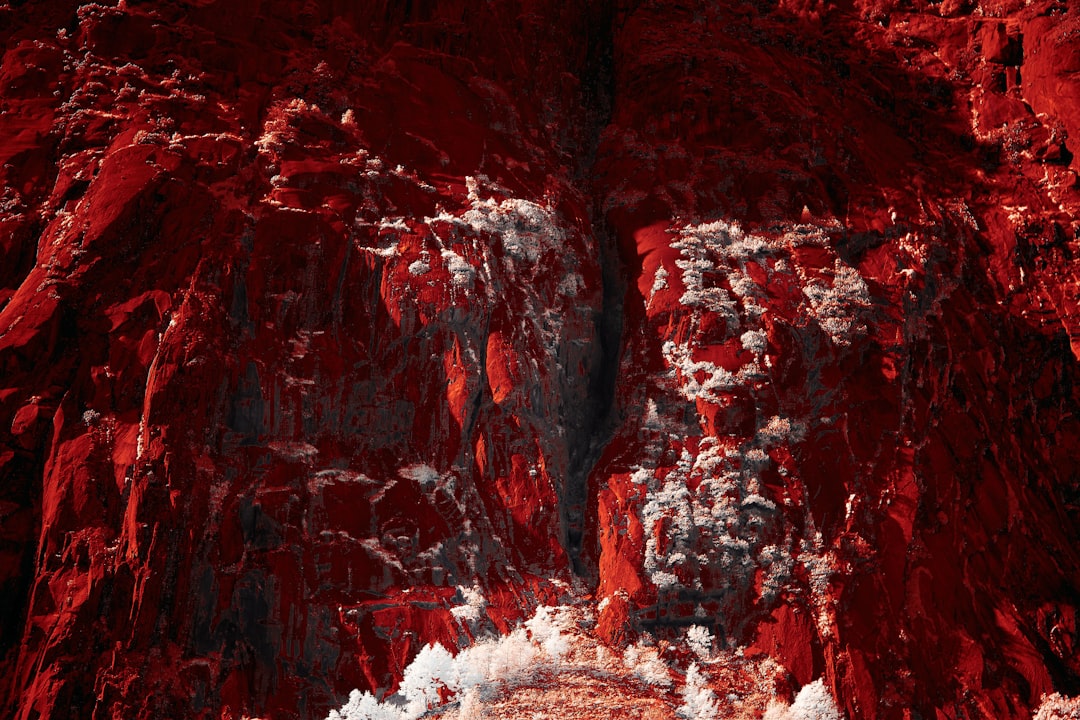The Red Dwarf Empire emerged from the ashes of a fragmented world, where chaos and disarray reigned supreme. In a time marked by strife and uncertainty, a charismatic leader known as Emperor Thalor rose to prominence. His vision for unity and strength resonated with the beleaguered populace, who yearned for stability and purpose.
Thalor’s ability to inspire loyalty and galvanize support was instrumental in the early days of the empire’s formation. He rallied disparate factions under a single banner, emphasizing the importance of collective identity and shared destiny. This unification was not merely a political maneuver; it was a cultural renaissance that ignited a sense of pride among the citizens of the newly formed empire.
As the empire began to take shape, its foundational principles were rooted in resilience and innovation. The Red Dwarfs, known for their industrious nature and exceptional craftsmanship, quickly became synonymous with progress. They harnessed their skills to build formidable cities and infrastructure that reflected their aspirations.
The rise of the Red Dwarf Empire was not just a political phenomenon; it was a cultural awakening that celebrated creativity, ingenuity, and the indomitable spirit of its people. This newfound identity laid the groundwork for an empire that would soon expand its influence far beyond its initial borders.
Key Takeaways
- The Red Dwarf Empire rose to power through strategic alliances and military conquests.
- The empire expanded its territory through colonization and assimilation of neighboring regions.
- The political structure of the Red Dwarf Empire was characterized by a strong central authority and a hierarchical system of governance.
- The military might of the Red Dwarf Empire was formidable, with a well-trained army and advanced weaponry.
- The economic influence of the Red Dwarf Empire was significant, as it controlled trade routes and natural resources in its territories.
The Expansion of the Red Dwarf Empire
With a solid foundation established, the Red Dwarf Empire embarked on an ambitious journey of expansion. The leaders recognized that to secure their future, they needed to extend their reach beyond their original territories. This expansion was driven by a combination of strategic military campaigns and diplomatic negotiations.
The empire’s military prowess allowed it to conquer neighboring regions, while its diplomatic efforts facilitated alliances that further solidified its power. The Red Dwarfs were adept at both warfare and negotiation, which enabled them to navigate complex political landscapes with finesse. As the empire expanded, it encountered diverse cultures and societies.
Rather than imposing their way of life, the Red Dwarfs often sought to integrate elements from the cultures they encountered. This approach not only fostered goodwill but also enriched the empire’s own cultural tapestry. The Red Dwarf Empire became known for its cosmopolitan nature, where different traditions coexisted harmoniously.
This cultural exchange played a crucial role in the empire’s growth, as it attracted scholars, artisans, and traders from far and wide, eager to contribute to this vibrant society.
The Political Structure of the Red Dwarf Empire

The political structure of the Red Dwarf Empire was characterized by a unique blend of autocracy and meritocracy. At its helm was Emperor Thalor, whose authority was both revered and respected. However, he surrounded himself with a council of advisors chosen for their expertise rather than their lineage.
This meritocratic approach ensured that decisions were made based on knowledge and capability rather than mere birthright. The council played a vital role in shaping policies that addressed the needs of the diverse populace within the empire. Local governance was equally important in maintaining order and stability across the vast territories.
Each region was administered by governors who were appointed based on their demonstrated abilities and loyalty to the empire. These governors were tasked with implementing imperial policies while also addressing local concerns. This decentralized approach allowed for flexibility in governance, enabling regions to adapt to their unique circumstances while remaining aligned with the overarching goals of the empire.
The political structure thus fostered a sense of participation among citizens, who felt their voices were heard in the decision-making process.
The Military Might of the Red Dwarf Empire
| Branch | Number of Personnel | Number of Tanks | Number of Aircraft |
|---|---|---|---|
| Army | 500,000 | 3,000 | 400 |
| Navy | 150,000 | 150 | 250 |
| Air Force | 200,000 | 100 | 600 |
The military might of the Red Dwarf Empire was a cornerstone of its success and expansion. Renowned for their strategic acumen and formidable combat skills, the Red Dwarfs developed an army that was both disciplined and innovative. Their military training emphasized not only physical prowess but also tactical intelligence, allowing them to outmaneuver opponents on the battlefield.
The empire invested heavily in its military infrastructure, ensuring that its forces were well-equipped with advanced weaponry and armor crafted by skilled artisans. The Red Dwarf military was not solely focused on conquest; it also played a crucial role in maintaining peace within the empire’s borders. A strong military presence deterred potential threats and instilled confidence among citizens.
Additionally, the empire established a network of fortifications and watchtowers that provided security to vulnerable regions. This commitment to defense allowed the Red Dwarf Empire to flourish economically and culturally, as stability encouraged trade and interaction among diverse communities.
The Economic Influence of the Red Dwarf Empire
The economic influence of the Red Dwarf Empire was profound, driven by its industrious population and strategic location along key trade routes. The empire became a hub for commerce, attracting merchants from distant lands eager to engage in trade.
Their reputation for quality craftsmanship further enhanced their economic standing, as products bearing the mark of the Red Dwarfs became synonymous with excellence. Trade agreements with neighboring regions bolstered the empire’s wealth and facilitated cultural exchange. The establishment of marketplaces within major cities fostered vibrant economic activity, where diverse goods and ideas converged.
The Red Dwarf Empire’s economic policies encouraged entrepreneurship and innovation, allowing individuals to thrive within a supportive framework. As wealth accumulated, so too did investments in infrastructure, education, and public services, creating a virtuous cycle that propelled the empire forward.
The Cultural Impact of the Red Dwarf Empire

The cultural impact of the Red Dwarf Empire extended far beyond its borders, shaping artistic expression, philosophy, and social norms throughout the region. The empire became a melting pot of ideas as scholars, artists, and thinkers converged within its cities. This cultural exchange led to a flourishing of literature, music, and visual arts that reflected both traditional Red Dwarf themes and influences from other cultures.
Festivals celebrating art and creativity became commonplace, drawing participants from across the empire and beyond. Education was highly valued within the Red Dwarf Empire, with institutions dedicated to fostering knowledge and critical thinking. Scholars were encouraged to explore diverse fields of study, leading to advancements in science, philosophy, and technology.
This emphasis on education not only enriched the intellectual landscape but also empowered individuals to contribute meaningfully to society. As a result, the cultural legacy of the Red Dwarf Empire endured long after its political dominance waned.
The Diplomatic Relations of the Red Dwarf Empire
Diplomatic relations played a pivotal role in shaping the trajectory of the Red Dwarf Empire’s expansion and influence. Recognizing that military might alone could not secure lasting peace or prosperity, the empire engaged in active diplomacy with neighboring states. Skilled diplomats were dispatched to negotiate treaties, resolve conflicts, and establish alliances that would benefit all parties involved.
These diplomatic efforts often resulted in mutually beneficial agreements that fostered trade and cultural exchange. The Red Dwarfs were adept at navigating complex political landscapes, employing a combination of charm and pragmatism in their dealings with foreign powers. They understood that diplomacy required not only negotiation skills but also an appreciation for cultural nuances.
By respecting local customs and traditions during diplomatic missions, they built trust with other nations, paving the way for fruitful collaborations. This diplomatic acumen contributed significantly to the empire’s stability and longevity.
The Technological Advancements of the Red Dwarf Empire
Technological advancements were a hallmark of the Red Dwarf Empire’s success, driven by an insatiable curiosity and a commitment to innovation. The empire’s artisans were renowned for their mastery in metallurgy and engineering, leading to groundbreaking developments in various fields. From advanced weaponry to intricate machinery used in agriculture and construction, these innovations transformed daily life for citizens across the empire.
The establishment of research institutions further fueled technological progress within the empire. Scholars collaborated across disciplines to explore new ideas and push boundaries in science and engineering. This spirit of inquiry led to significant breakthroughs that not only enhanced military capabilities but also improved agricultural yields and infrastructure development.
The Challenges Faced by the Red Dwarf Empire
Despite its many successes, the Red Dwarf Empire faced numerous challenges that threatened its stability and cohesion. As it expanded its territories, managing diverse populations with varying customs and expectations became increasingly complex. Tensions occasionally flared between different cultural groups within the empire, necessitating careful diplomacy to maintain harmony.
Additionally, external threats from rival states posed constant challenges that required vigilance from both military leaders and diplomats. Economic disparities also emerged as wealth accumulated in certain regions while others lagged behind. This imbalance led to discontent among marginalized communities who felt overlooked by imperial policies.
Addressing these grievances became imperative for maintaining social cohesion within an increasingly diverse population. The leadership recognized that fostering inclusivity would be essential for ensuring long-term stability as they navigated these multifaceted challenges.
The Legacy of the Red Dwarf Empire
The legacy of the Red Dwarf Empire is one marked by resilience, innovation, and cultural richness that continues to resonate through history. Its contributions to art, science, and governance have left an indelible mark on subsequent civilizations that emerged in its wake. The principles of meritocracy established during its reign influenced political thought for generations to come, inspiring future leaders to prioritize competence over lineage.
Moreover, the cultural exchanges fostered by the empire laid foundations for enduring relationships between diverse communities across regions. Artistic traditions born from this era continue to inspire contemporary creators who draw upon themes explored during this vibrant period in history. As scholars study this remarkable civilization today, they uncover lessons about unity amidst diversity—an enduring message that remains relevant in an increasingly interconnected world.
The Future of the Red Dwarf Empire
Looking ahead into an uncertain future presents both opportunities and challenges for what remains of the once-mighty Red Dwarf Empire. As new generations rise up within its borders—shaped by changing societal norms—their aspirations may diverge from those held by previous leaders. Embracing this evolution will be crucial if they wish to adapt successfully while preserving core values that define their identity.
Technological advancements continue at an unprecedented pace; harnessing these innovations could propel them into new realms previously unimagined—be it through sustainable practices or enhanced connectivity across vast distances—allowing them not only to survive but thrive amidst global shifts occurring around them. In conclusion, while challenges loom large on this horizon ahead—be it economic disparities or external pressures—the spirit embodied by those who forged this remarkable civilization endures still today—a testament not just unto themselves but unto all who dare dream beyond boundaries set forth before them!
The concept of the red dwarf empire is fascinating, particularly in the context of stellar evolution and the potential for habitable planets around these stars. For a deeper understanding of the implications of red dwarfs in the universe, you can explore a related article that discusses their characteristics and the search for life in their systems. Check it out here: Red Dwarfs and the Search for Life.
WATCH THIS! The Universe Will Die In Silence. This Is The Googol Year Timeline.
FAQs
What is the Red Dwarf Empire?
The Red Dwarf Empire is a fictional interstellar empire featured in the British sci-fi comedy television series “Red Dwarf.” It is ruled by the despotic and incompetent leader, the Cat.
Where is the Red Dwarf Empire located?
The Red Dwarf Empire is set in deep space, with the main setting being the mining spaceship Red Dwarf.
Who are the main characters in the Red Dwarf Empire?
The main characters in the Red Dwarf Empire include Dave Lister, Arnold Rimmer, Cat, and Kryten. They are the crew members of the Red Dwarf spaceship.
What are the key features of the Red Dwarf Empire?
The Red Dwarf Empire is known for its comedic and satirical take on space exploration, featuring a dysfunctional crew and a variety of bizarre and humorous situations.
Is the Red Dwarf Empire based on any real-life empire?
No, the Red Dwarf Empire is purely a fictional creation for the purposes of the television series “Red Dwarf.” It is not based on any real-life empire.
